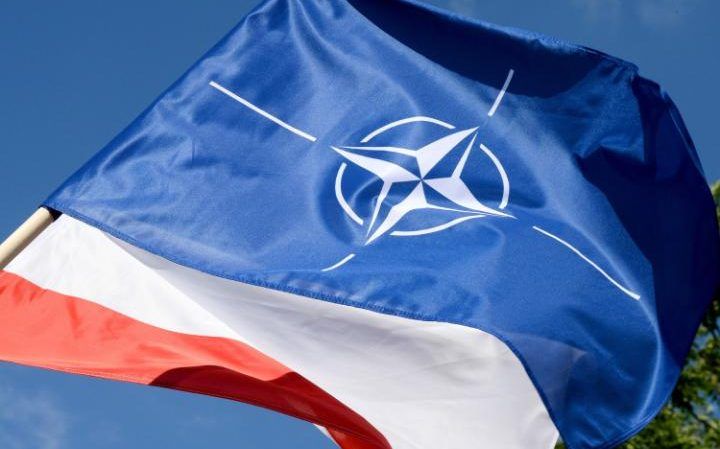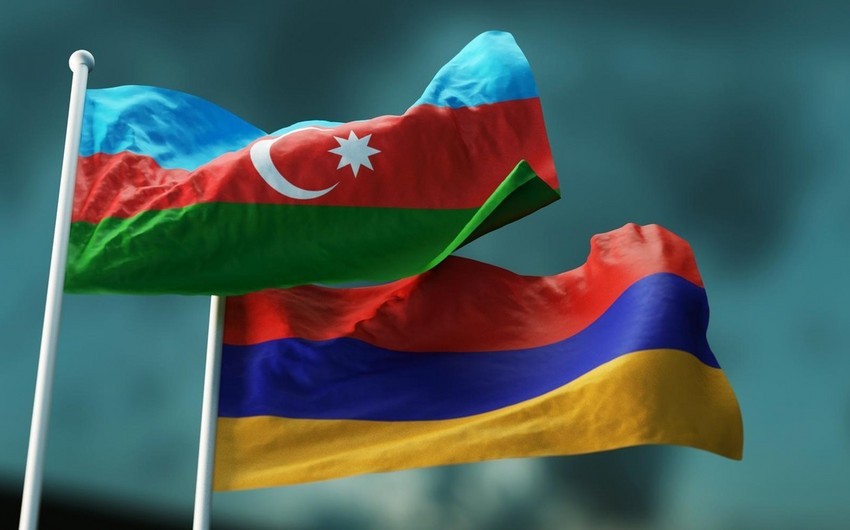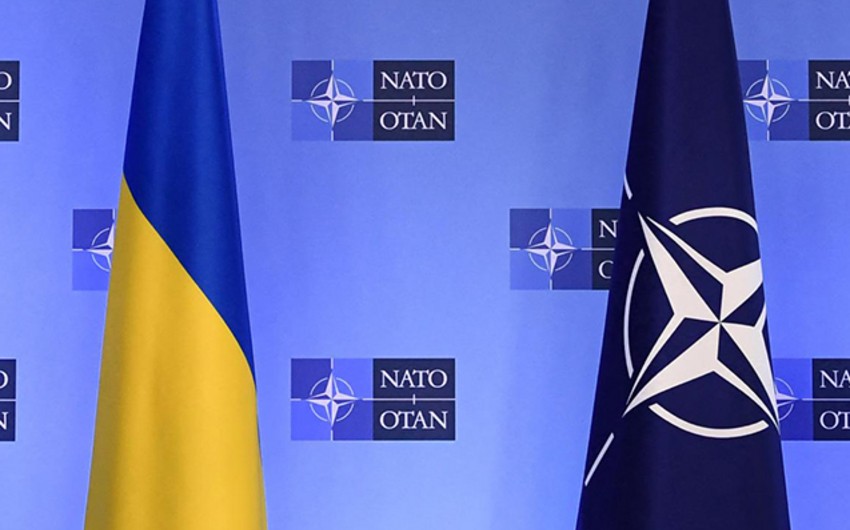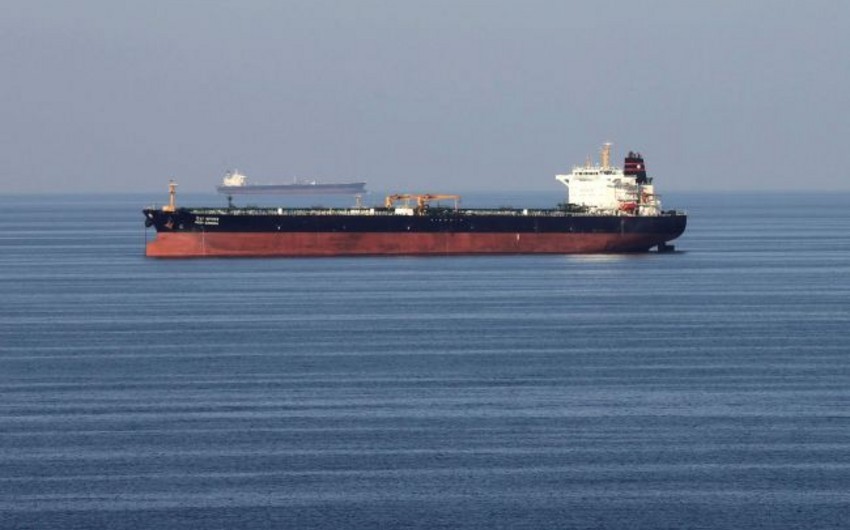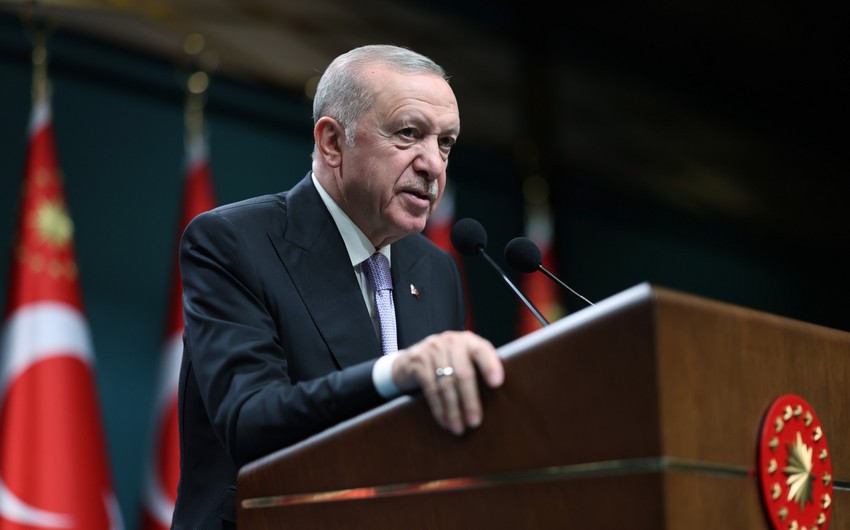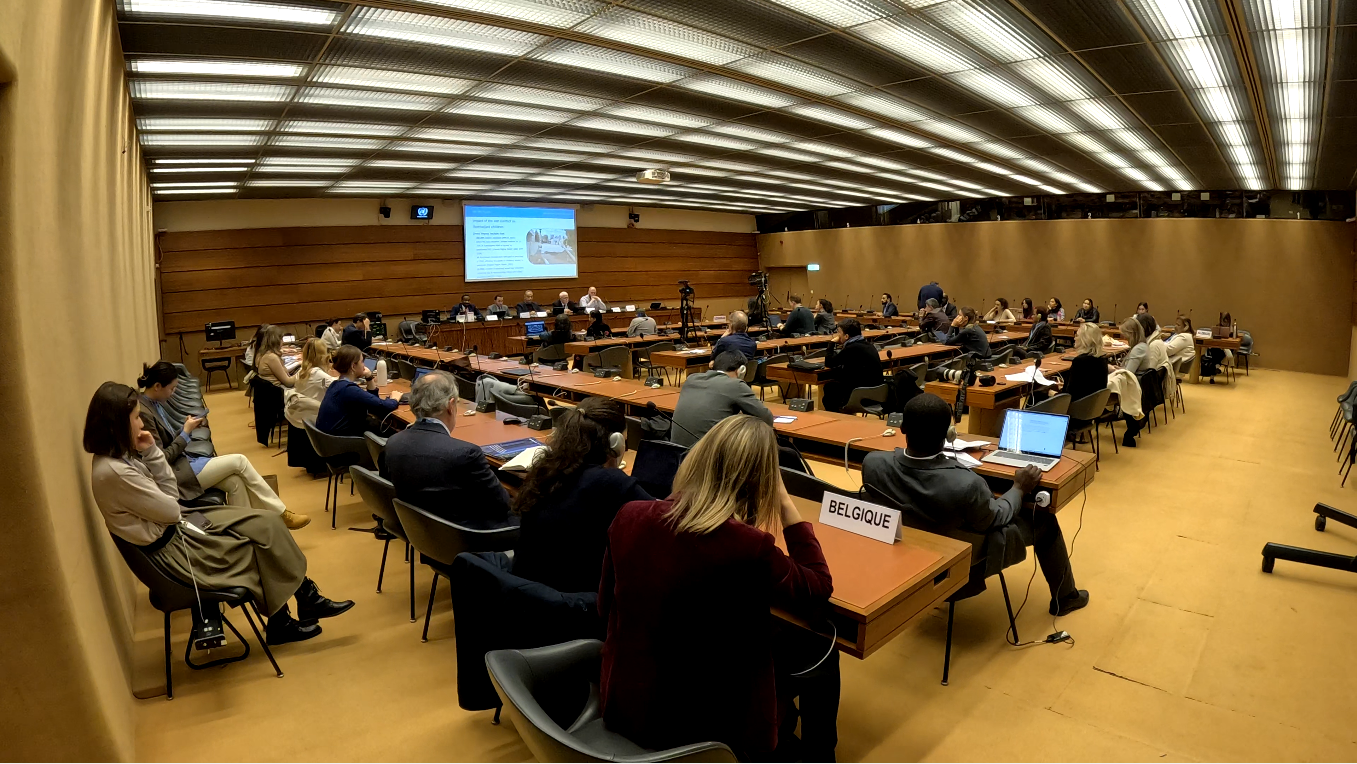The North Atlantic Treaty Organisation (Nato) is a military alliance originally established in 1949 with 12 member states, including America, Britain and France.
Today, Nato has 28 members including most of Europe, representing a population of more than 900 million. Its headquarters are in Brussels, Belgium.
Its central purpose is set out in Article V of the North Atlantic Treaty, which says that an “armed attack against one” Nato member “shall be considered an attack against them all”.
What is its aim?
The effect of this agreement is to bind America to defend Europe. Any aggressor who attacks any Nato ally - whether Estonia or Canada or Greece - knows that it will also have to go to war with the United States.
The aim is to keep Europe safe by deterring attack.
America's permanent commitment to protect Europe, embodied by the Nato alliance, amounts to the cornerstone of the continent's security. This pledge is made still more formidable by the fact that America possesses the second biggest arsenal of nuclear weapons in the world.
Does it work?
Nato's power to deter aggression ensured the safety of Europe during the Cold War. Through all the tensions of that period, the Soviet Union never attacked a Nato member.
After the demise of the Soviet Union in 1991, there was a period when Nato faced no clear adversary. For the first time, there was no obvious threat to the territory of any of its members.
But the ambitions of Vladimir Putin's Russia have changed the picture.
In 2014, Russia seized Crimea from Ukraine, annexing the territory of a European country for the first time since 1945. Mr Putin then invaded eastern Ukraine, starting a war that has claimed 9,000 lives and forced 1.7 million people to flee their homes.
Since then, Nato's eastern members - particularly neighbours of Russia like Estonia, Latvia and Lithuania - have felt threatened by the Kremlin.
Nato has returned to its original purpose of guaranteeing the safety of its members by deterring any attack from Russia.
The US security guarantee enshrined in Article V of Nato's founding treaty remains as crucial as ever. Which countries are members of Nato?
In 1949, there were 12 founding members of the Alliance: Belgium, Canada, Denmark, France, Iceland, Italy, Luxembourg, the Netherlands, Norway, Portugal, the United Kingdom and the United States.
The other member countries are: Greece and Turkey (1952), Germany (1955), Spain (1982), the Czech Republic, Hungary and Poland (1999), Bulgaria, Estonia, Latvia, Lithuania, Romania, Slovakia, Slovenia (2004), and Albania and Croatia (2009).
Does anyone else want to join?
Currently, Montenegro has started accessions talks and Bosnia and Herzegovina, Georgia and the former Yugoslav Republic of Macedonia¹ are aspiring members.
Any decision to invite a country to join the Alliance is taken by the North Atlantic Council, Nato’s principal political decision-making body, on the basis of consensus among all Allies.
How much does Nato cost and who pays for it?
Each member country pays a certain amount into the Nato budget based on an agreed formula. Nato requires member states to spend 2 per cent of their nation's wealth on defence.
Does Nato have its own armed forces?

All members pitch that participate in the military aspect of the alliance, pitch in with forces and equipment. They remain under the command of the member country unless they're required by Nato to deal with a crisis or conflict.
Who runs Nato?
The current Secretary General is Jens Stoltenberg, a former Prime Minister of Norway. He has been in office since October 2014.
The Secretary General is nominated by member governments for four years, but this can be extended by mutual consent.
His job is to chair all major committees, steer discussions and help make sure decisions are implemented. His biggest role is chairing the North Atlantic Council. Why was Nato formed?
It was formed in Washington on 4th April, 1949 after the end of the Second World War, largely to block Soviet expansion into Europe.
Telegraph

